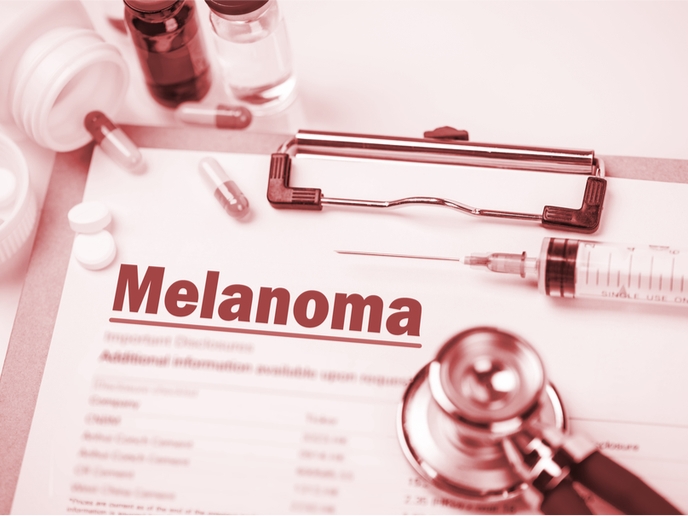Analysing drug action and targeted pathways to fight melanoma
Malignant melanoma is a highly aggressive and heterogeneous form of skin cancer that often presents with chemotherapy resistance. Accumulating evidence suggests that to improve patient care, personalised treatments are needed as well as molecular signatures capable of accurately predicting response to treatment. Integrated scientific efforts against melanoma Undertaken with the support of the Marie Curie programme, the EU-funded MEL-PLEX project brought together 11 beneficiaries and 7 partner organisations from 11 countries to investigate disease-relevant signalling pathways in melanoma. “The idea was to develop biomedical and computational research approaches that go significantly beyond the current state-of-the-art to study melanoma,″ explains programme manager Dr Isabela Aparicio. Through an interdisciplinary approach, partners exploited the molecular and mechanistic knowledge on melanoma onset to develop and validate models for disease progression, prognosis and responsiveness to current and novel treatment options. The project was divided into two pillars, MEL-TARGET and MEL-MARK, which tested novel drug candidates and identified disease biomarkers, respectively. In MEL-TARGET, scientists focused on drugs that activate death receptors and block pro-survival kinases or growth factor receptors. Through a combination of biological, biochemical and mathematical approaches, they deciphered drug action and the targeted pathways. Furthermore, modelling strategies helped them predict cell responses to drugs. “These tools could be used in the future for patient stratification and treatment decision,″ continues Dr Aparicio. In MEL-MARK, researchers identified and validated biomarkers linked to disease progression that could be exploited for improved prognosis and patient stratification. Important insight was gained on resistance mechanisms to therapeutics and the role of the tumour microenvironment to treatment success. Interestingly, a number of physiological parameters were identified, which seem to limit the quality and success of melanoma management. Alongside models for disease processes, these biomarkers will help predict melanoma progression and response to therapy. Setting the path for future melanoma research Identification of the regulatory networks that drive melanoma onset and progression is paramount for understanding carcinogenesis and developing novel intervention strategies. Central to such future endeavours are researchers trained in cutting-edge technologies capable of delivering interdisciplinary projects. For this purpose, a considerable part of the MEL-PLEX project was focused on the training of early-stage researchers (ESRs) in a unique environment in translational systems biology and cancer systems medicine. Partners implemented a training programme covering basic, transferable and specialist skills in various research domains. These included network-wide courses, hands-on technical workshops and interactive soft skills courses. Training ESRs to tackle complex challenges in contemporary and future multi-disciplinary research will significantly enhance their employability and broaden their career perspectives. “As part of the essential mobility and inter-sectoral experience, the MEL-PLEX researchers were also exposed to diverse work and cultural environments,″ emphasises Dr Aparicio. Overall, MEL-PLEX provided fundamental knowledge on melanoma signalling, assessing novel therapeutics and their targets, and helping advance patient prognosis as well as treatment. Importantly, the project laid the foundation for scientific collaborations in the field of melanoma research extending beyond the lifetime of the project. The extended network between academic and key private sector partners has identified avenues for exploitation of results as well as boosted career options for MEL-PLEX trainees.
Keywords
MEL-PLEX, melanoma, treatment, drug, training, biomarkers, early-stage researchers (ESRs), model, MEL-TARGET, MEL-MARK, receptor, signalling pathway, patient stratification, personalised medicine



